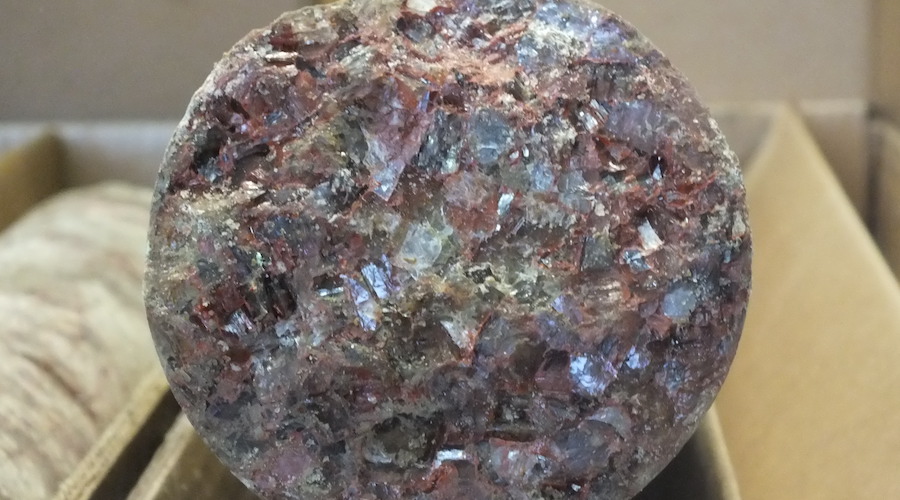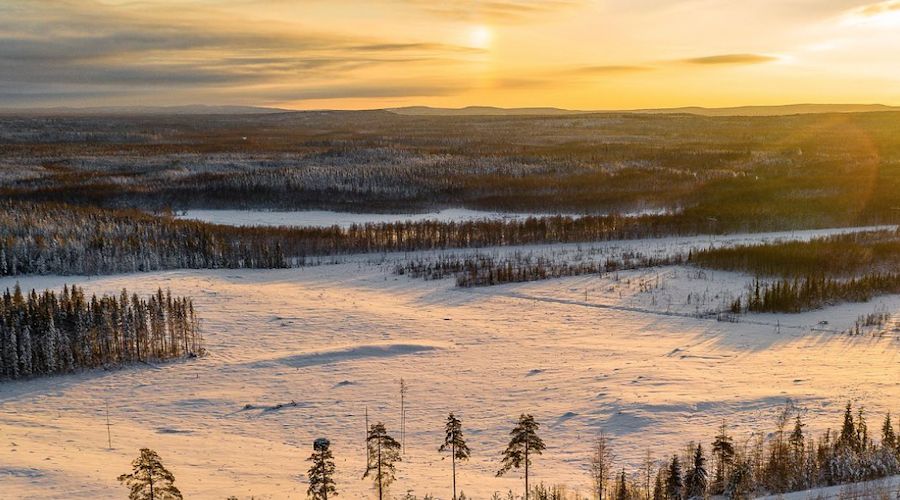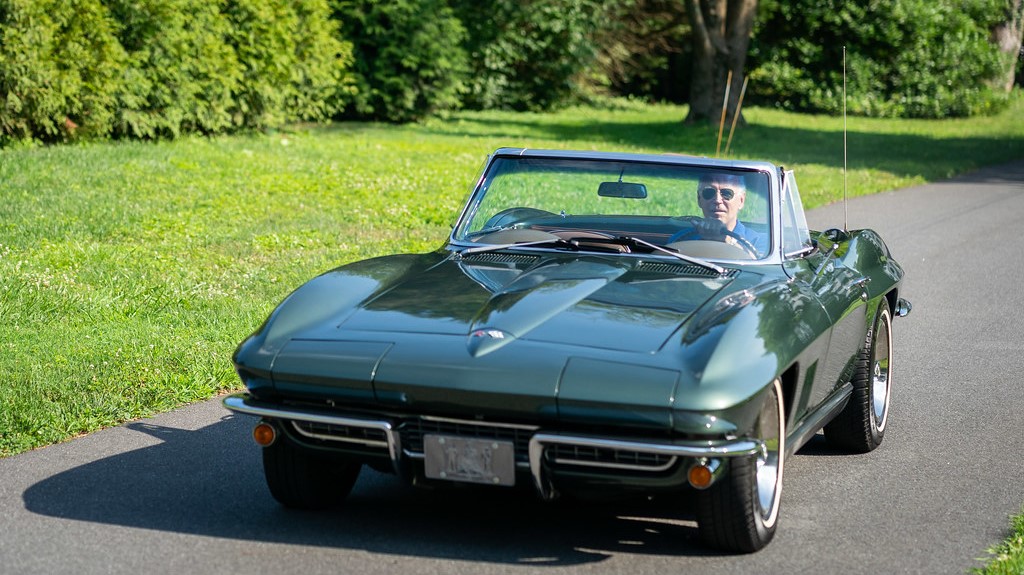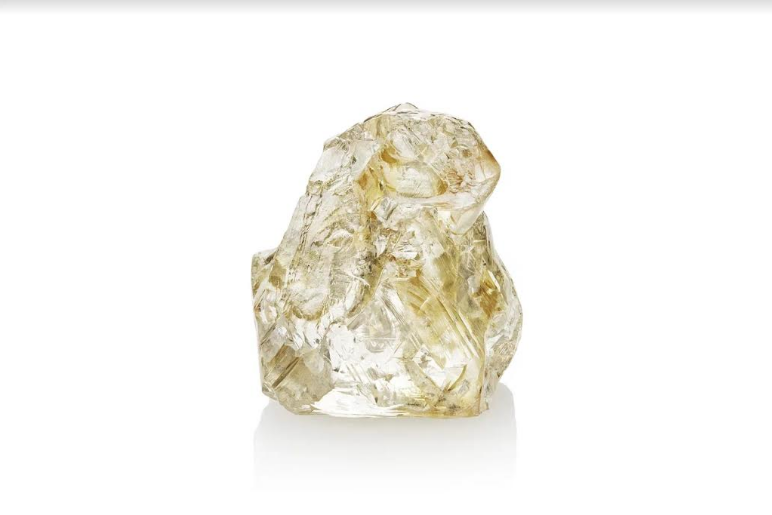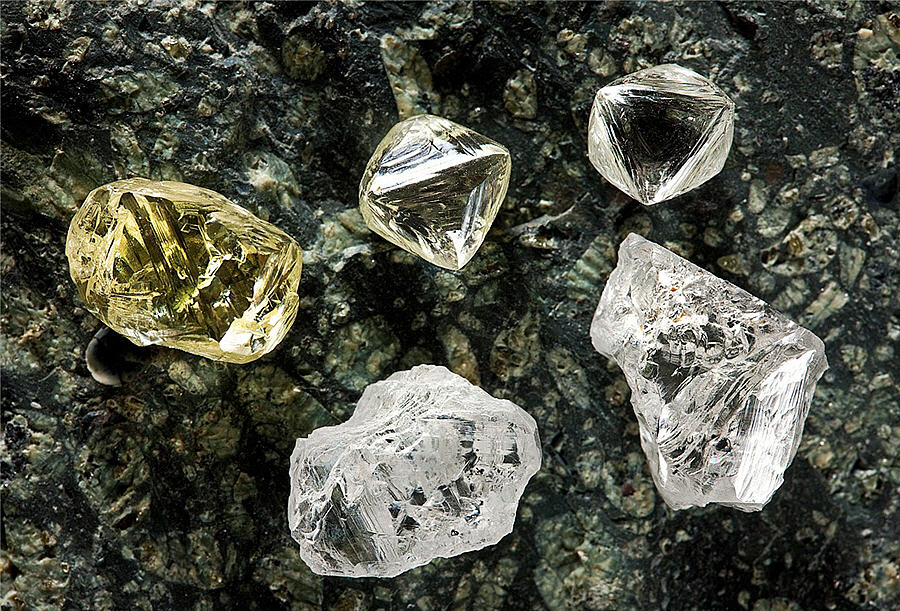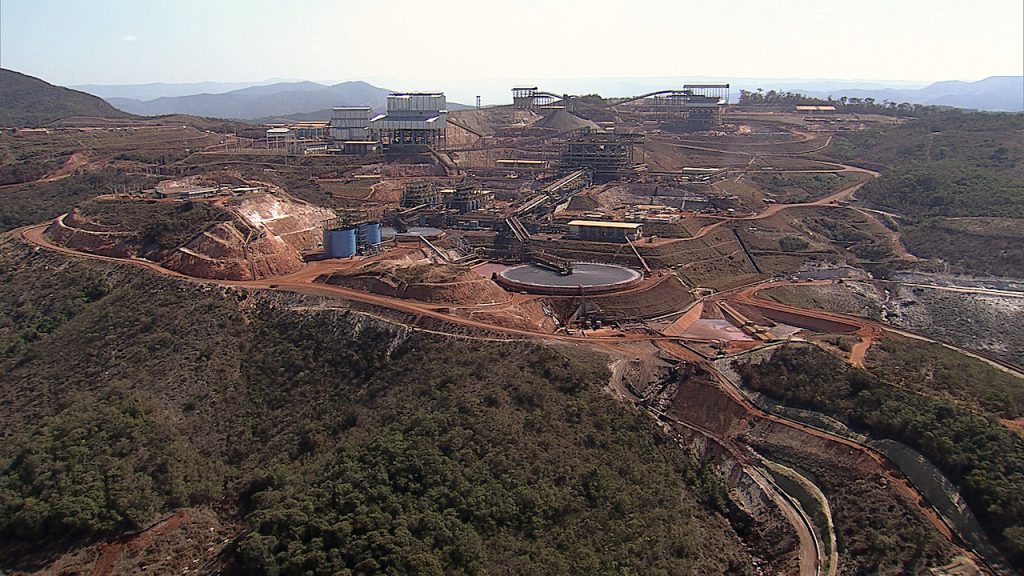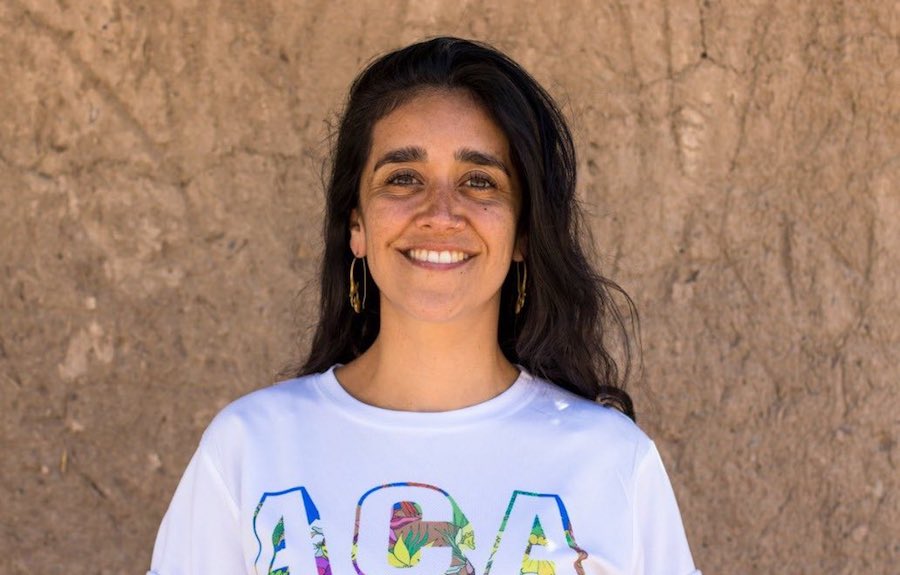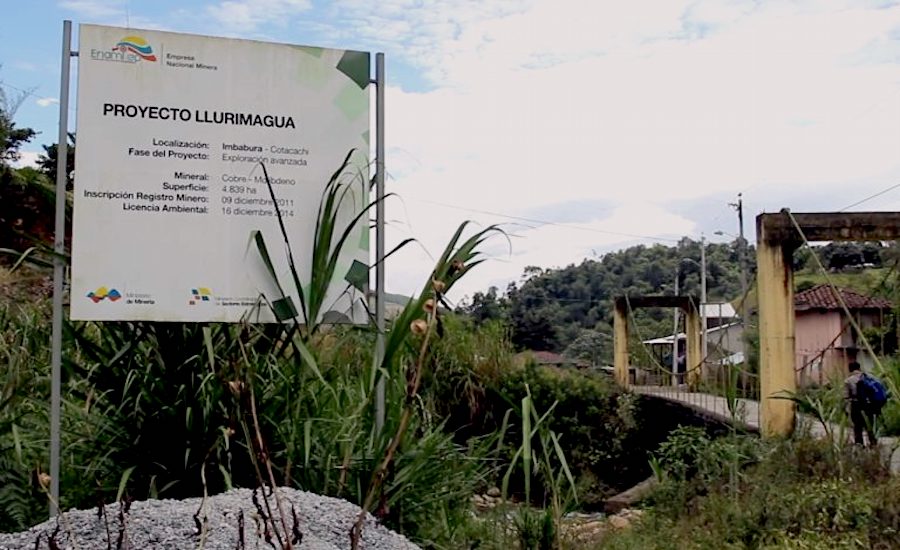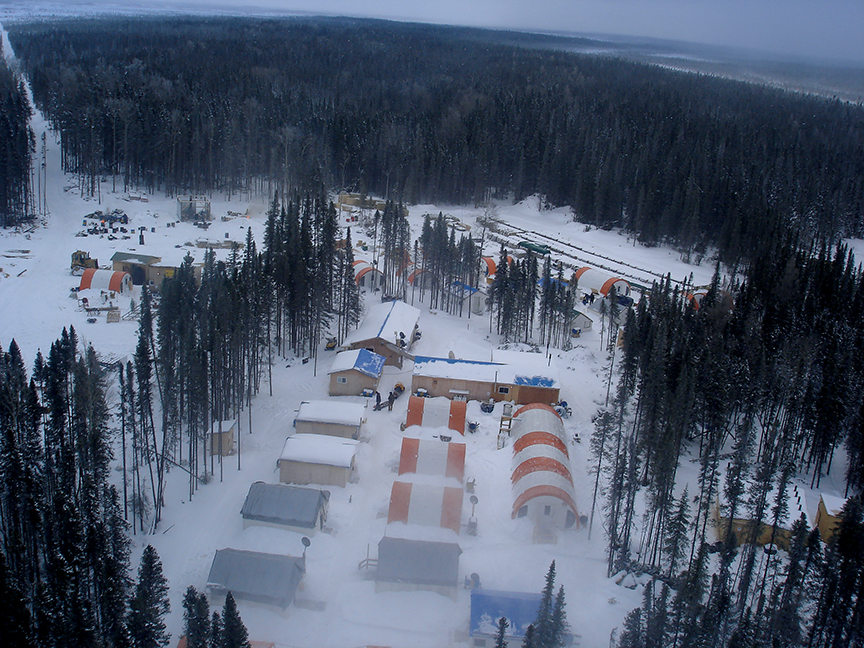Reuters | December 21, 2021
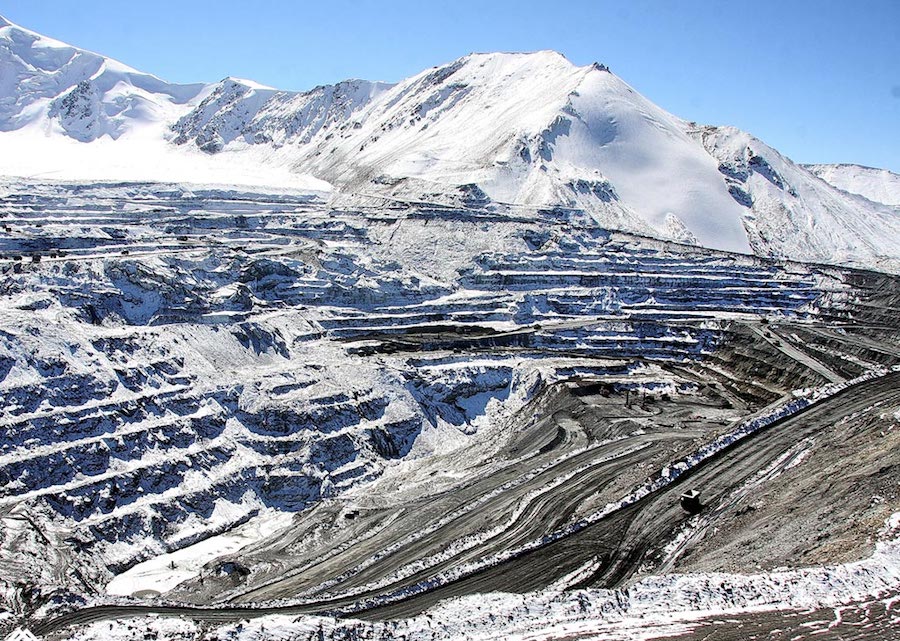
The vast open pit Kumtor mine is Kyrgyzstan’s largest gold operation. (Image courtesy of Kumtor Gold Company.)
Kyrgyzstan is pushing for an out-of-court settlement with Canada’s Centerra Gold to resolve a dispute in which the state seized the company’s Kumtor mine and both sides launched legal challenges, a source close to the government said.

Centerra in May kicked off arbitration against the Kyrgyzstan government, after it took over the country’s biggest mine for allegedly posing danger to human lives or the environment.
A Kyrgyzstan court imposed $3.1 billion fine on Kumtor Gold Company (KGC), which operates the 550,000-ounce gold mine, after ruling that the firm had violated environmental laws by placing waste rock on glaciers.
Centerra and Kyrgyzstan have a long history of disputes over how to share profit from the former Soviet republic’s biggest industrial enterprise, the Kumtor mine.
International arbitration proceedings are costly processes that can last years.
A potential settlement between the parties was discussed at a meeting in Geneva that took place on Sept. 28-30, the source close to the government and a second source with knowledge said.
The source close to the government added that Kyrgyzstan is still keen to find an out-of-court settlement within the next few weeks after the September meeting ended without a deal.
Kyrgyz Deputy Prime Minister Edil Baisalov said in a statement: “We remain open to reaching an out-of-court settlement that satisfies all parties. However, we are also ready to pursue legal arbitration to its proper and just conclusion.”
The Central Asian country would continue to investigate “compelling evidence” of corruption and other violations by Centerra, he said.
Centerra has denied all the allegations.
The September meeting included discussions around the future of the Kumtor mine, alleged damages to the environment and tax losses, losses incurred by Centerra since the mine was seized and the potential sale of a 26% stake in Centerra held by state-owned Kyrgyzaltyn JSC.
Centerra froze the government’s stake when it seized the mine, meaning it does not have voting rights, nor is it entitled to dividends.
Centerra declined to comment on a potential settlement and the Geneva meeting and referred to an October statement, saying that the company “remains open to a consensual resolution of the Kyrgyz government’s claims, but it has to reflect fair value for the mine and compensation for other damage caused by the government’s actions.”
A top-10 shareholder in Centerra told Reuters it would be in the best interests of both parties to negotiate a settlement as soon as possible and avoid a protracted legal battle.
Centerra has said it would be able to survive without the Kumtor mine, as its Canadian and Turkish assets are on track to achieve consolidated free cash flow between $125 million to $175 million in 2021, enough for the company to be debt-free, with a cash position of $911.7 million this year.
While regarding Kumtor Gold as a national enterprise, Kyrgyzstan would face issues selling its gold freely, after its state gold refinery was excluded by an international list of acceptable sources.
Kyrgyzstan also launched a separate lawsuit on Wednesday alleging that Centerra had blocked user and administrator access to Kumtor’s computers since May 2021.
The latest stand-off between the two sides began shortly after Sadyr Japarov came to power in Bishkek following violent riots last October.
Centerra’s share price has dropped by 39% this year.
(By Clara Denina and Zandi Shabalala; Editing by David Evans and Matthew Lewis)
